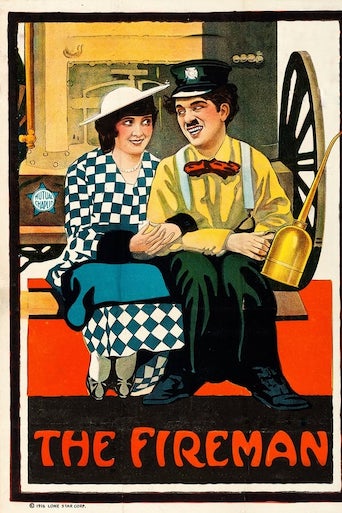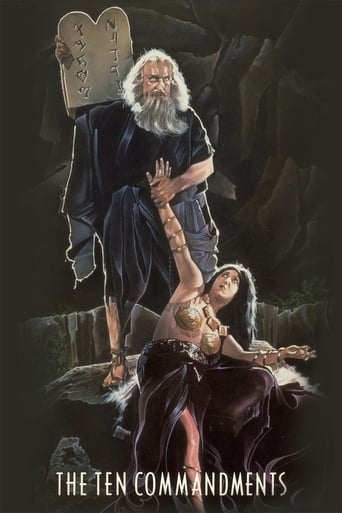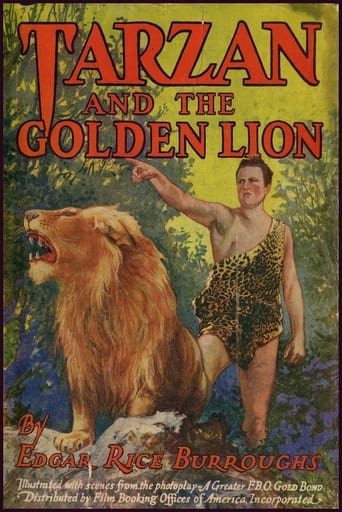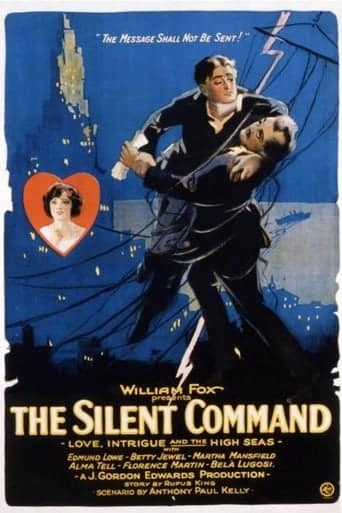The Country Doctor (1909)

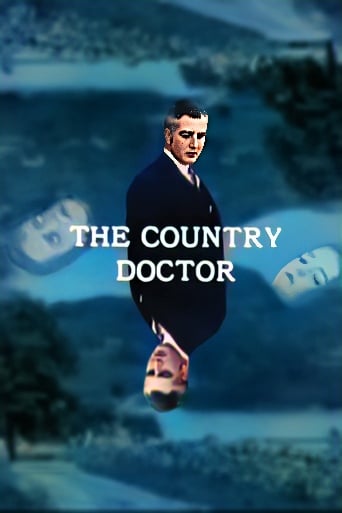 “The Country Doctor,” a 1909 short silent film directed by D.W. Griffith, is a classic example of early cinematic storytelling.
“The Country Doctor,” a 1909 short silent film directed by D.W. Griffith, is a classic example of early cinematic storytelling.
This pioneering work played a significant role in shaping the art of filmmaking during the nascent years of the industry. Despite its brevity, the film’s narrative and cinematic techniques made it an important contribution to the history of cinema.
The film’s story revolves around a country doctor, played by George Nichols, who is called to attend to a patient in need. The doctor’s character embodies the archetype of a dedicated medical professional who is committed to serving the community, even in challenging circumstances. The portrayal of a caring and selfless doctor is a central theme that resonates throughout the film.
One of the remarkable aspects of “The Country Doctor” is its portrayal of the doctor-patient relationship. The film emphasizes the importance of trust and compassion between the physician and the patient, underscoring the essential qualities of a good doctor. The doctor’s character is empathetic and genuinely concerned about the well-being of his patients, reflecting the values and ideals of the medical profession.
The film’s brevity, common in early cinema, does not detract from its ability to convey a compelling story. In a runtime of only a few minutes, “The Country Doctor” manages to capture the essence of a medical emergency and the doctor’s race against time to save a life. The film’s pacing and narrative structure contribute to its impact, setting a precedent for efficient storytelling in cinema.
D.W. Griffith’s direction in “The Country Doctor” showcases his early mastery of cinematic techniques. The film incorporates close-up shots to convey the emotional intensity of the doctor’s actions and the patient’s condition. These close-ups, a technique that would become a hallmark of Griffith’s work, allow the audience to connect with the characters on a deeper level.
The film’s use of intercutting, a technique that Griffith helped popularize, adds a layer of suspense and urgency to the narrative. The alternating shots between the doctor and the patient’s family create tension and anticipation, as the audience witnesses the doctor’s efforts to save a life and the family’s anxious wait for news.
“The Country Doctor” is also significant in the context of early film history due to its role in advancing narrative cinema. At a time when filmmaking was still evolving as an art form, this short film demonstrated the potential of cinema to tell compelling stories that could engage and move audiences.
In conclusion, “The Country Doctor” is a 1909 silent film directed by D.W. Griffith that stands as a testament to the early days of cinematic storytelling. Through its concise yet emotionally charged narrative, it highlights the virtues of a dedicated country doctor and explores the doctor-patient relationship. The film’s innovative use of cinematic techniques, such as close-ups and intercutting, contributes to its enduring significance in the history of cinema, paving the way for the evolution of narrative storytelling in film.
Release Date: June 8th, 1909
Main Cast Members
Kate Bruce (Poor Mother)
Adele DeGarde (Poor Mother’s Sick Daughter)
Florence Lawrence (Mrs. Harcourt)
Mary Pickford (Poor Mother’s Elder Daughter)
Frank Powell (Doctor Harcourt)

